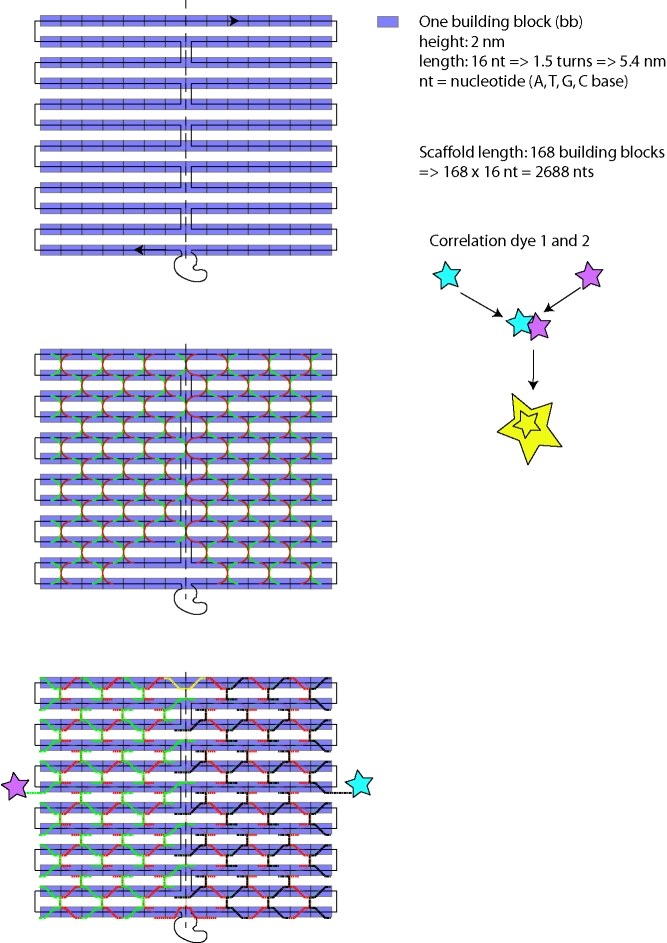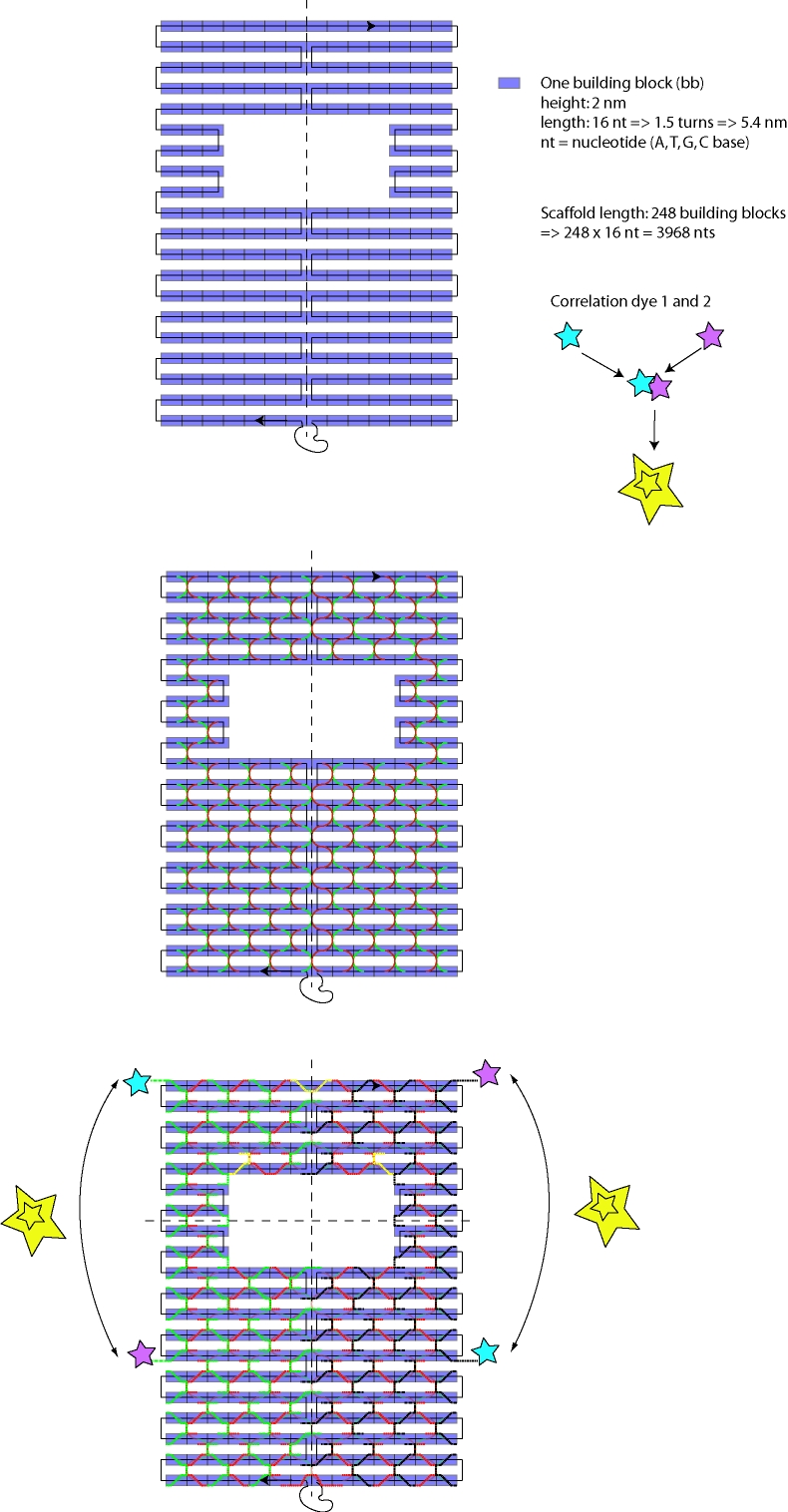User:Monak
From 2006.igem.org
| Line 19: | Line 19: | ||
<br style="clear:both;"/> | <br style="clear:both;"/> | ||
| - | The two folded sheet [[image:2fold_small.jpg|left|thumb|200px| Plain sheet]] The upper part is not as long as the lower part so as to have two ways for checking if the DNA has folded correctly or not. <br> 1. The step should be visible in the AFM image <br> 2. We should be able to get a high signal for correlation fluorescence microscopy. | + | The two folded sheet [[image:2fold_small.jpg|left|thumb|200px| Plain sheet]] |
| + | The upper part is not as long as the lower part so as to have two ways for checking if the DNA has folded correctly or not. <br> 1. The step should be visible in the AFM image <br> 2. We should be able to get a high signal for correlation fluorescence microscopy. | ||
<br style="clear:both;"/> | <br style="clear:both;"/> | ||
Revision as of 08:08, 20 October 2006
- Design Rules -
To get it clear for myself (as a person without any prior knowledge about the steric hybridization properties of DNA), I tried to set up some simple, engineering point-of-view rules for designing a plain sheet of DNA.
- 2D DNA sheet of more or less arbitrary shape (click here)
- Individual project -
Smart materials from DNA
For example by self-assembly of folded and connected DNA sheets, which will change their physical properties with environmental changes, e.g. pH. (click here)
Wafer level nano-resolution pattern transfer
To start from the very basics, produce a plane sheet, and a sheet that folds once. For double-checking possibilitiy, we included a step-height variation that should appear in the AFM image, and a correlation fluorescence dye.
The plain sheetThis shall be the kick-off starting point to get into the business of DNA origami and employing it for nm-scale pattern transfer.
The upper part is not as long as the lower part so as to have two ways for checking if the DNA has folded correctly or not.
1. The step should be visible in the AFM image
2. We should be able to get a high signal for correlation fluorescence microscopy.
Pattern transfer?? Lot's of different possibilities that we want to give a try. But first, we have to be able to produce the very basics. The story will be continued..!
- Personal information -
e-mail: mona.klein@imtek.uni-freiburg.de
- Education -
Just graduated from the department of Microsystems Engineering.
Diploma-thesis (6-month compressed master's thesis) dealt with the fabrication of a solenoidal coil for MRI of cells.
[http://2006.igem.org/wiki/index.php/Freiburg_University_2006 Home]


